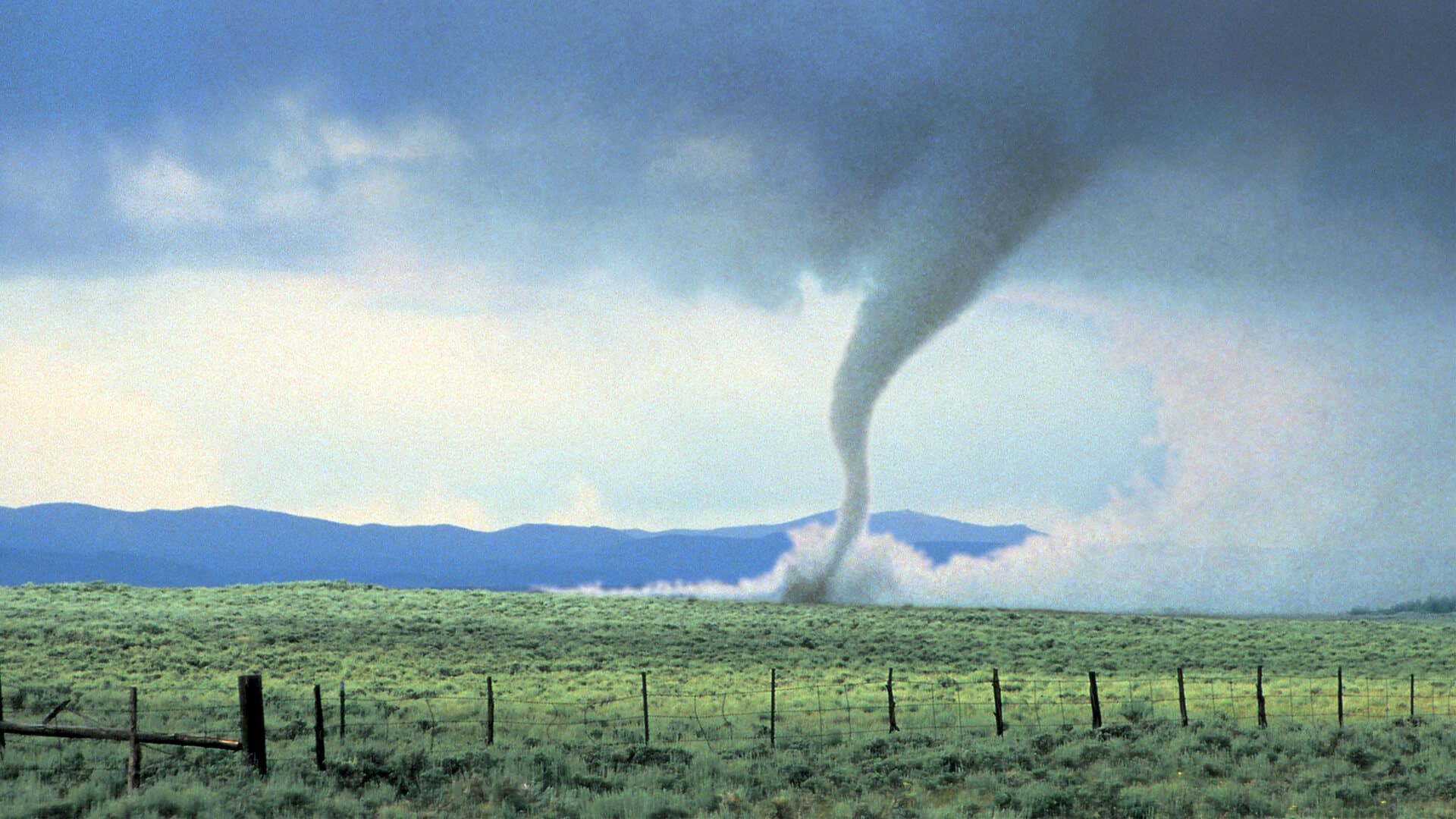Astronomers have detected the most energetic cosmic “ghost particle” ever recorded, a discovery that could provide new insights into the most extreme forces in the universe. This breakthrough helps scientists trace the origins of mysterious high-energy particles and better understand the violent cosmic events that produce them.
Researchers identified the elusive particle in the Mediterranean Sea using a specialized neutrino detector, according to the Associated Press.
“What we have discovered is, we think, the most energetic neutrino ever recorded on Earth,” Paul de Jong, a physicist at the University of Amsterdam and current spokesperson for the KM3NeT collaboration, said at a recent news conference.
The KM3NeT collaboration, or Cubic Kilometer Neutrino Telescope, is an international team of over 360 scientists, per Smithsonian Magazine. Researchers believe the neutrino, named KM3-230213A, originated from a source beyond the Milky Way galaxy.
Neutrinos are often referred to as “ghost particles” because they are incredibly small and notoriously difficult to detect. Spotting one with a new telescope is a rare occurrence.
“This is part of trying to understand the highest-energy processes in the universe,” Aart Heijboer, a co-author of the study who is based at the National Institute for Subatomic Physics Nikhef in the Netherlands, said.
The neutrino was detected by a deep-sea observatory that remains under construction. Neutrino detectors are typically placed beneath ice, water, or deep underground to shield them from surface radiation.
This particular “ghost particle” was identified by ARCA, one of the telescope’s two detectors, which was operating at only 10 percent capacity. Despite this, its sensors successfully registered the neutrino after detecting a cascade of particles produced when it collided with water.
According to scientists, the neutrino struck matter, creating a secondary, minuscule particle known as a muon. This interaction triggered a striking burst of blue photons.
“These things have so much energy—they hit so hard—that you get this really enormous spray of particles,” Kate Scholberg, a physicist at Duke University who did not participate in the study, said. “It doesn’t interact much, but when it does, it makes a gigantic, spectacular splash of all kinds of particles spraying everywhere. And it’s the light from those particles that you see.”
Researchers suggest that the discovery of this neutrino may indicate the presence of many more floating through space—possibly in greater numbers than previously thought.











